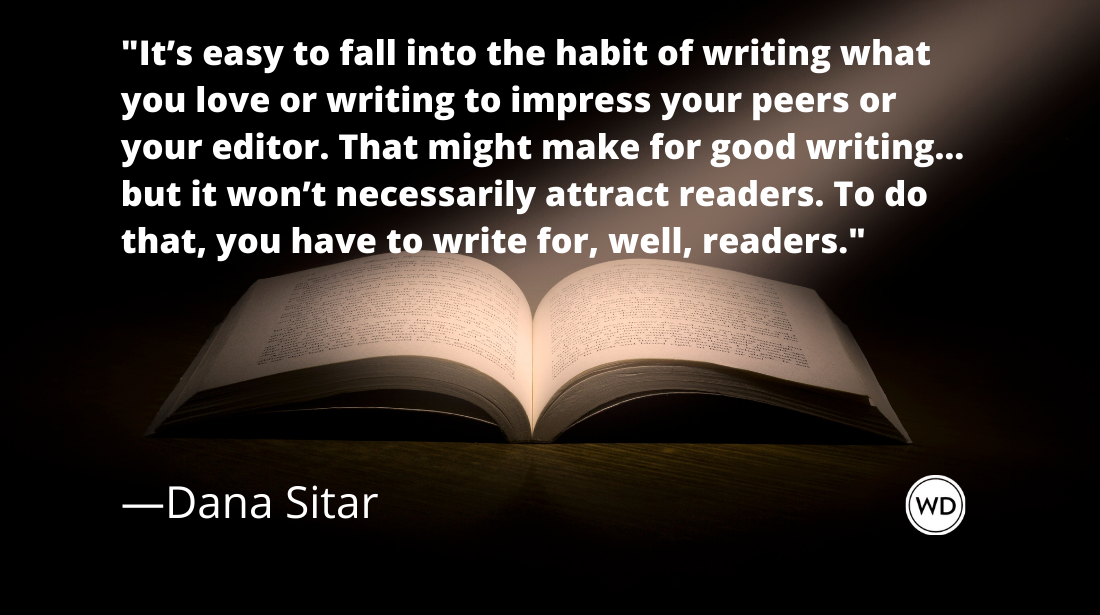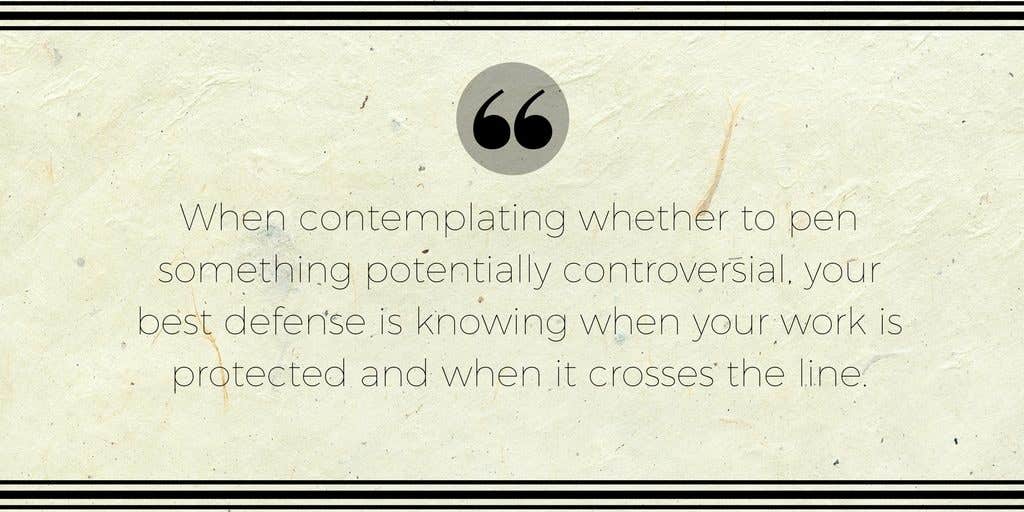How to Make Your Submission Stand Out
Mike Po, as president and A&R of Limited Potential Records, discovered acts such as Smashing Pumpkins, Brainiac and Catherine.
A common misconception is that, in order for a demo package to stand out, it must be the brightest, loudest, most attention-grabbing package of them all. In reality, this couldn't be further from the truth. Amidst a desk full of odd-shaped packages, fluorescent-colored paper and obnoxiously screaming press releases, what really shines is a demo submission presented in a concise, professional manner—one that says, "take me seriously."
The A&R rep, booking agent or radio programmer on the other end of your demo package is, above all, busy. With that in mind, then, the most successful way to make a first impression is to show you have done your homework, followed submission guidelines, and can present a complete package that needs no apologies—in short, to showcase your professionalism, as well as your musical talent!
MINIMIZE THE HYPE
Consider this: Yes, without question, the general public responds to hype, cheap gimmicks, fads, hucksterism and relentless hyperbole. For most performers, these are the key components of a successful rise to stardom (musical talent notwithstanding). Unfortunately, though, at this level the general public isn't your target audience—bored, jaded, "seen-it-all" music business professionals are. This is not to say everyone who receives your promo package is entirely immune to hype tactics. But, in addition to the countless unsolicited packages received from complete unknowns, nearly everyone at every level of the music business is constantly bombarded with press releases, gimmicks, the latest "hottest new act of the year," all crafted by some of the most clever advertising execs in the country.
This sort of hype is unstoppable, unbeatable and, frankly, numbing. You can gauge for yourself. Just consider how often you listen to glowing reviews and the like in magazines, on television and over the Internet. Now, can you put yourself in the position of someone who is immersed in this hype machine for a living, like a local club promoter, a disc jockey, an A&R rep for a big label? Face it, it's extremely difficult to compete with the big-label, big-money promotional machine!
More importantly, you've got to redefine your conception of who your target audience is. Music industry professionals are now prospective business partners, not potential new fans. This is, indeed, the music business, and that's exactly how it needs to be approached. You're not trying to sell tickets or T-shirts to your industry contacts; you are asking them to enter into a high-risk financial arrangement with you.
Just forget that concept of hype for a moment. Yes, like every other aspect of your career, there is plenty of room in your promotional presentation for sheer, unadulterated hype. For the most part, however, bear in mind that at this stage of your professional life, just getting out the raw information is absolutely crucial. This might be an entirely new way of thinking, compared to the "must be on stage all the time, must be a master showman" mentality, but: It's time to start thinking of yourself as more of a newscaster than a talk-show host.
COVER THE BASICS
The typical demo submission is centered around the press kit—a package of promotional materials generally accompanying a review copy of an album release or demo tape. Different versions of the press kit include materials suited for different recipients, as in music columnists, promoters, radio programmers or A&R reps. A typical press kit for a recording artist is composed of several basic components:
- artist biography
- fact sheet
- promotional photo
- reprints of press "clippings"
In addition, it's not unusual to include a song list, lyric sheet, gig sheet and reports of radio airplay and chart positions. These elements are almost always accompanied by a cassette or CD "demo," packaged in an outer folder or binder, along with a traditional, personalized cover letter.
The press kit
The goal of the press kit is twofold: The factual information within is sufficient for journalists to base an article or review upon, while the editorial content of the artist's biography leaves enough room for a certain element of hype. Above all else, the end result of the press kit is to generate interest for the artist. The press kit serves as the "mouthpiece," the salesman pitching the performer.
You can consider a press kit, then, to be either of two things: A) a promo package full of existing press clippings, or B) a promo package to be used by the press to produce clippings. For a larger, national act, a press kit contains reprints of interviews, reviews and articles—a representation of the overall persona of the performer. In this case, the purpose is more likely to promote a new release, a new tour, or perhaps put a new spin on the artist's public image—maybe even an attempt to completely overhaul an image.
For the as-yet-undiscovered act, though, the press kit is a much different animal. Rather than compiling review and interview clippings, its mission is to generate some of these write-ups. The press kit for a start-up act is also the promotional device used to get the first live bookings, radio play, reviews, and "shop" for the goal of every hungry artist: that huge record deal.
The fact sheet
This most useful element of the kit is also the easiest to compose. Just what the name implies, the fact sheet contains no hyperbole, no salesmanship and no filler. It's a concise overview of the factual information of who and what is involved. For a band or group project, it's the place to list individual members' names, instruments played and musical backgrounds (involvements in previous bands, side projects, awards, etc.). For solo artists, perhaps the focus will be on the specifics of a recent release or recording session. There are no hard and fast rules on what exactly should be in a fact sheet, but in general, it should at least contain:
- artist's hometown
- members' names and instruments played
- album release information
- touring, recent dates, upcoming shows of note
- management and record label (indie or otherwise) contact information
- producer and recording studios involved
The fact sheet can contain just about any relevant information you would like, as long as it is, indeed, fact. "We totally rocked every audience we played for last year" may or may not be entirely factual. However, "The band recently completed a 22-date Midwest college tour, supporting . . ." is verifiable information.
Why is the fact sheet so important? Basically, because numbers don't lie. If your act has been receiving consistent regional airplay, for example, it might serve you well to show the stations and chart positions, almost in spreadsheet format. The same rule applies to live performances. Show the attendance figures and capacities of venues played, rather than employing hype-filled statements such as "we consistently sell out shows" or "we're HUGE on the radio!" Music industry folks are surrounded by numbers, and pay attention to them: sales figures, attendance figures, chart positions, etc. If you can chart the progress of your act from playing to crowds of 50, all the way up to playing to crowds of 500, then you're able to show tangible proof of your act's audience appeal.
TOO MUCH? TOO LITTLE?
Generally, it's wise to avoid the temptation to cram absolutely everything relating to your act into the first promotional mailing. Attempts to "pad" the press kit with multiple pages of press clippings are usually taken as an amateur mistake, particularly if the enclosed clippings are repetitive or contain multiple mentions from the same publication. By and large, a well-written kit need not be more than several pages in length—particularly in the case of an unsolicited mailing. The old show biz adage of "leave 'em wanting more" is somewhat appropriate. While you don't want to leave out any of the vital information, the goal isn't to overwhelm with every imaginable detail. Quality, and not quantity, is the approach that will net the best results.
THE GIMMICK
Promotional gimmicks are another touchy issue. Again, most recipients of these tactics have seen it all, and aren't likely to be impressed. Worse than that, an ill-planned gimmick can work against you, by evidencing a desperation to be noticed, as opposed to letting the music speak for itself. From odd-shaped boxes, to glitter-covered cassette cases, to any sort of non-standard promotional item, there is no evidence gimmicks help get your music heard. In fact, if anything, these items are a hindrance, cluttering desks and making a mess, and more likely to be thrown away to make space.
SUBMISSION QUALITY
Above all else—above anything else—from the solo singer/songwriter to the full performing group, the single most important thing to consider in the promotional mailing is "Do I need to make apologies for any of this material?" Ask yourself:
- Is the cassette or CD of the best quality?
- Is all of the necessary contact information clearly visible on EVERY element of the mailing (all pages of the press kit, the cassette or CD itself, the folder it's packaged in)?
- Are there any handwritten elements, or is everything clearly typewritten or laser printed?
- Have posted submission guidelines been followed exactly?
- Is the photo clean and sharp?
- Would you have any reservations about the material, from the performance, to the recording, if this was your only chance at being reviewed by a top A&R exec?
THE ALL-IMPORTANT CONTACT INFO
Lastly, if you are to read this, file it away, ignore it, forget it—do anything, but learn from it only this one tip: Put your contact info on EVERYTHING. Worse even than being summarily rejected, imagine if your band missed out on a prime opportunity if for no other reason than a promoter couldn't figure out how to call you! It can, and does, happen. Tapes and CDs are quickly separated from their packing in a messy, busy office, demos are often previewed in the car, and club promoters leave a stack of demos next to the tape deck on the mixing board. When your demo really does get its 15-second shot at glory, you had better hope that whoever is "discovering" it will know whom to call! The same principle applies to your press kit, in that you shouldn't assume your cover letter will stay attached, or even that all your pages will stay stapled together.
Follow these guidelines. Make your submission concise, fact-filled and keep the hype to a minimum. Prove you've taken a professional approach to your career, and your demo submission truly will stand out from the rest.
Read more about Songwriter's Market.
Mike Po, as president and A&R of Limited Potential Records, discovered acts such as Smashing Pumpkins, Brainiac and Catherine. He is a regular columnist for www.getsigned.com and is the author of his self-published book, The Press Kit-A Rock Band's Survival Guide.









